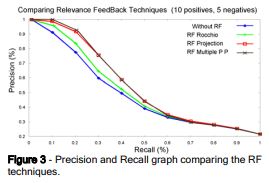Blockchain and Machine Learning used in communications and networking devices
In recent years the amount of data needed to be passed through end devices has been increasing drastically. The systems and applications being used have only gotten more complicated however there is one flaw that cybersecurity analysts have been trying to solve, Security. With the advent of cryptocurrency, a solution might’ve been discovered. This being blockchain, which is used quite frequently in cryptocurrency. “ Blockchain is essentially a distributed ledger, which is maintained by the network participants in a logical Peer-to-Peer (P2P) network. It establishes a trust paradigm among people and machines and enables applications to be operated without any central controller or any intermediary ”.[1] However the system still needs to be trained to provide a strong security, which is why the idea of running blockchain in conjunction with machine learning is an idea that is currently being used. Fig. 1 overview of the integration of blockchain and machine learn...




